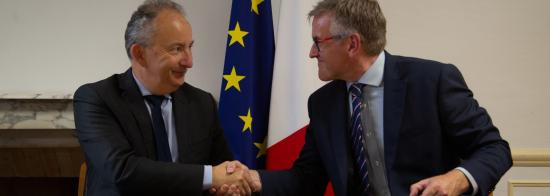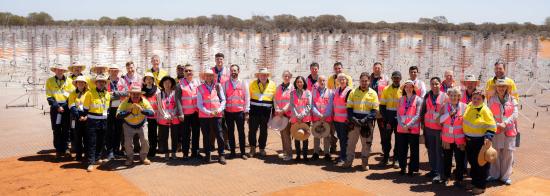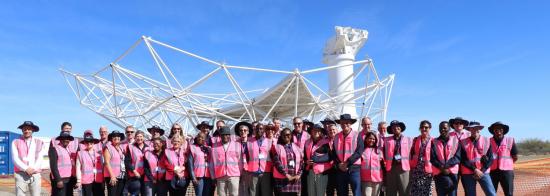France
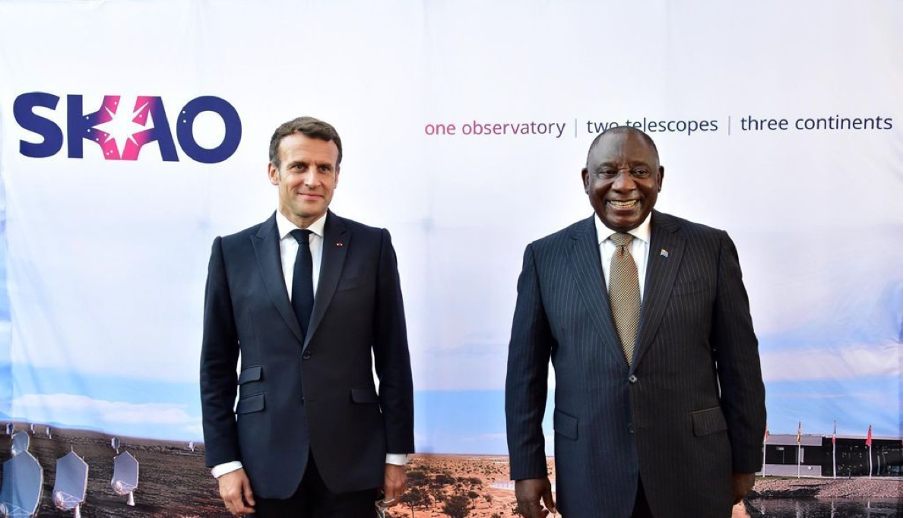
At a glance
- French researchers are represented in 13 of the 14 SKAO Science Working Groups with co-chairing positions in the Cradle of Life and Cosmology groups.
- National coordination of SKA activities in France is carried out by SKA-France, which brings together nine academic partners (CNRS, Observatoire de Paris, Observatoire de la Côte d’Azur, Université de Bordeaux, Université d’Orléans, Inria, CEA/DRF, Université Paris-Saclay, Université de Strasbourg). From 2018 to 2020, the public-private partnership Maison SKA-France - a consortium including not only academic, but also industrial partners such as Air Liquide, ATOS-Bull, Callisto, CNIM, FEDD, Kalray, and Thalès - coordinated national academic and industrial efforts in preparation for France’s involvement in the SKA project.
- France is home to the SKA precursor telescope NenuFAR in Nançay that extends the LOFAR telescope.
National involvement
For over a decade, the SKA project has been a top national priority for the French astronomical community. In 2016, the SKA-France coordination was launched to organise national scientific and technological efforts, in partnership with academic institutions and private companies. The 2017 SKA-France White Book, with contributions from 178 authors, reflects the strong engagement of a national community of over 400 researchers. It highlights France’s broad scientific interests across both SKAO instruments, spanning astrophysics, cosmology, and fundamental physics.
Industrial participation
French partners are involved in research and development activities at the Extreme Computing Lab for Astronomical Telescopes (ECLAT) to address computing and data challenges of the SKAO with particular attention to the optimisation of energy consumption. Eviden, the Atos Group product brand leading in advanced computing, has been awarded the contract to deliver the SKAO's Science Data Processing Centre (SDP) Computing work package for both the SKA-Low and SKA-Mid telescope sites in Australia and South Africa.
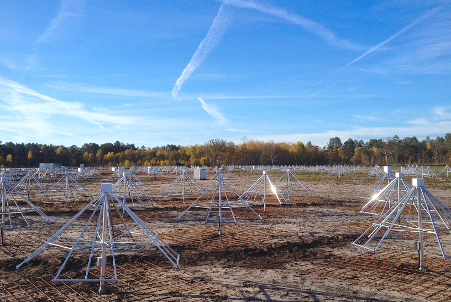
Science interests
The French astronomical community is actively preparing for the future operation of the SKAO, through participation in 13 of the 14 SKAO Science Working Groups and co-chairing positions in the Cradle of Life and Cosmology groups.
The SKA pathfinder telescope NenuFAR in Nançay is an extension of the LOFAR telescope. It is a large array of radio antennas that observes in the lowest spectral range accessible from the ground, 10-87 MHz. It has been developed, built, and is run by the Nançay Radio Observatory (ORN) with support from Observatoire de Paris, CNRS, Université d’Orléans, Région Centre-Val de Loire, Région Ile-de-France, Agence Nationale de la Recherche.
Wider impact
France has achieved top performance in the last SKA Data Challenges (SDC2 and SDC3), using cutting-edge machine-learning pipelines. These achievements confirm that French teams are ready and well-prepared to analyze and interpret massive SKA datasets.
In the framework of radio astronomical scientific data workflows, French scientists and developers are deeply embedded in co‑design activities, preparing French research and infrastructure for anticipated SKA data challenges. Currently, the SKA project is included as a core use case of one the main axes of NumPEx, a program funded under the France 2030 investment plan to develop exascale-ready software stacks, AI methods, programming models, data workflows, and tools.
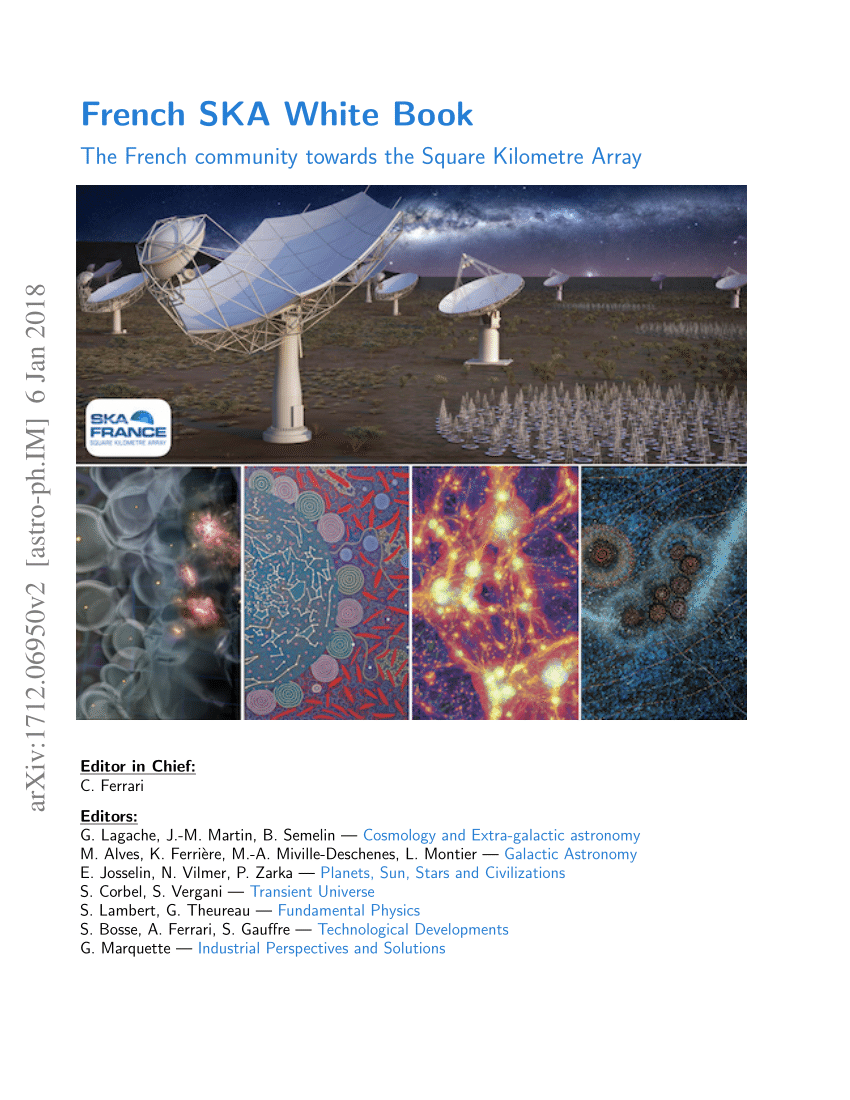
Contact
Email of MESR representative: guy.perrin@recherche.gouv.fr
Email of CNRS representative: michel.perault@cnrs.fr
Email of SKA-France Director: chiara.ferrari@oca.eu





